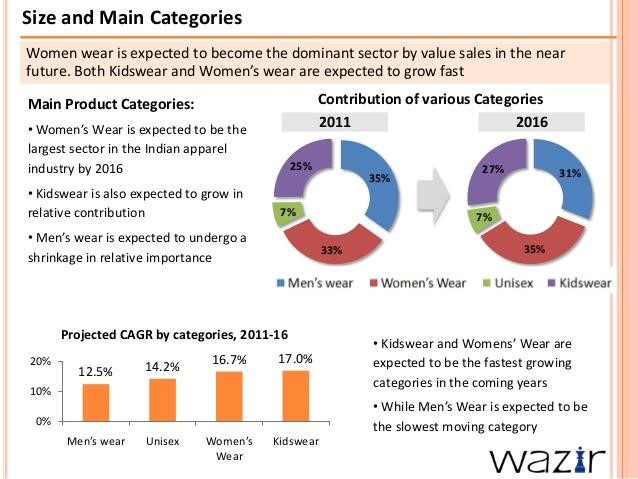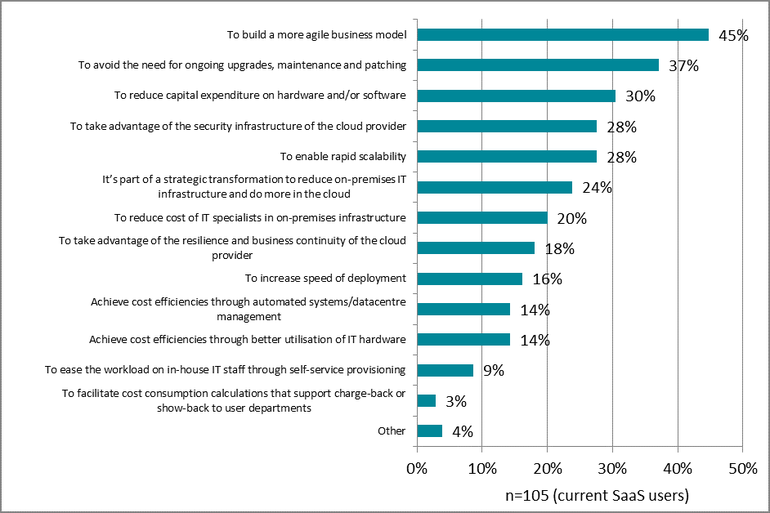If you are starting your own online clothing store, this guide answers all of the following questions-
How to create an online apparel store? How to create an online clothing store? How to start a clothing website? How to start your own online clothing business? How to start an online clothing store? How to start your own clothing store? How to start an online children’s clothing business? What is the startup cost for a clothing store? How to create a website to sell clothes? How to start your own clothing website? How to start an online store for clothing, apparel, or garments? How to create a fashion startup business plan? How to start a successful online clothing store? How to plan to start an online clothing business? How to start an online clothing store with no money? How to prepare a fashion company business plan?
Start Selling & Open Online Apparel Business
The following things should be considered while starting an online store with no money:
1. Identify Your Clientele And Research Your Market
Targeting everyone in the initial stages can lead to a lack of a targeted inventory and confusing marketing. KYC “know your customer” – is far from simply a banking norm. It is the foundation of a well thought and painstakingly planned business. Thus, identify your target customers, i.e., whether you wish to begin with catering to men, women, or children, or any combination of these. Look into niche verticals as well, such as clothing for curvy or ‘plus-sized’ women, maternity wear for office goers, traditional apparel that is handmade/ handwoven by Indian artisans, and the like. Remember to start with a narrower clientele. Know that you can expand with time, so don’t try to do it all at once. When researching your market, you need to target your competition, your product, and the future market for your offering.
Another KYC, Know Your Competition, is the key. Know what they’re selling, who is buying from them, and their marketing strategy. Understand what they are doing and how they are doing it so that you can do it better. Get feedback on your clothing from your network of friends and family to have an intimate and honest survey. Ask them what they liked and didn’t, and what they would feel happy buying. Make notes. Be sure to take into account market research conducted by third parties, such as this one:
Image Source: Wazir Management Consultants
2. Business Plan and Startup Capital
A business plan is a charter of the various aspects of a business, how they blend, and a prediction of the expected outcome. The variables of your business plan (manpower, storage/warehousing, marketing, sales, costing and corresponding fund requirement, delivery logistics) will depend on the model which you choose – whether you manufacture apparel and wish to further sell it in wholesale, or if you wish to only retail, or if your business structure is to procure from a wholesaler and then retail, or simply to dropship. But, first, decide what, how much, and when you will be sourcing the fabrics and the material. Your clothing apparel business plan and the capital requirement will be formulated according to the model (or combination of models) you want to premise your business upon. Now get your startup capital ready. It could be your savings or loans from friends/family or bank or could be raised money from a third party. Therefore, you must have a fashion startup business plan.
3. Flaunt your USP and Decide on the Brand Name
Define your USP. It sets you apart from your competition. It can be that your fabric is sourced from fair trade shops or is organic, that you offer custom tailoring at home, or that you donate one piece of clothing to a child in need for every online purchase, etc. Remember, every online apparel business/store sells cloth, but its USP makes it different from another. So, flaunt your USP and let your clientele know that you offer the ‘x’ factor, which your competitors do not. Next is to give a name to your unique offering. The name of your brand is what people will identify you with. It must define your products, must resonate with your USP, and should be short and catchy! Make sure it is available for Business Name Registration and domain names. Delve into different languages and try to develop a name that would give the consumer a glimpse into the experience they will have with your products. Do not shy away from using help from professionals and online tools such as Wordoid.
4 Things You Should Start with to Market Your Brand 5 Branding Mistakes You Need to Stop Making Right Now
4. Decide what eCommerce platform you will take in selling online
Now when you have decided on your target and offer time to determine how you wish to be seen online, there are many possibilities vis-à-vis how to make your brand go live. Gauge the pros and cons of each. Check out other e-tailers’ websites- how are they showcasing themselves online? See more prominent brands, as well as niche brands. Assess what characteristics you like, what is a must-have, and what you despise. You can, (i) Create your web store from scratch, (iii) You may opt for a SaaS (Software as a Service) e-commerce solution Creating a web store from scratch will need you to hire a team of professionals (programmers, designers). Though this option will give the exact store you visualized, it could be a time and intensive money process. In addition, you need to pay for each aspect, be it buying a domain name, hosting, website designing, security, coding, etc. Therefore, it is a good option only if you have a successful existing online business and are looking to scale due to huge demand. An online marketplace is a reasonable option, as it allows you to list your products/ catalog on its website at a low initial cost and might give you volume sales. But for that, you either need to be an old player or have good company reviews and lower prices. Online marketplaces also have a commission on the sale of your products, and the brand building would be negligible. SaaS platforms do not need a techie to manage your online apparel business website. It is easier than self-hosting because you can have a website set up in 30 minutes and a monthly price as low as INR 1000 / month. Creating your brand is better than marketplaces. Moreover, some service providers offer the DIY option, so you get your shop the way you envisioned it. Be sure to execute non-disclosure and confidentiality contracts with your host.
ZDNet Survey: Reasons why businesses are opting for SaaS Image Source: ZDNet
5. Get Your Domain Name
You can buy a domain name from hosts like GoDaddy or BigRock. Then, get it registered for a trademark, so you deal with no legal issues in the future. But when you opt for a SaaS platform, you get it here only. The latter would gather all your tech work under one umbrella, ensuring responsibility and accountability and reducing the number of verticals you would have to deal with. It makes good business sense to purchase additional domain endings like .com, .net, .in, and other available and applicable TLDs. It would ensure that consumers reach your website even if they misremember the domain name. Ensure your hosting service provides you with an SSL (Secure Sockets Layer) certificate for your website. It ensures that sensitive information, such as credit card numbers and login information, is encrypted while being transmitted. In addition, it is important to instill confidence in your clientele while they purchase products from your website.
6. Get, Set, and Load Your Website with Information
(ii) Upload high-definition photographs – is critical, as you must ensure a visually enthralling experience for your consumers. Especially for online apparel demos, multiple views and zoom in the photograph are a must so that the viewer can have a closer view of the fabric. Better hire professionals and go for the model shoot as it gives an idea to the viewer how what the apparel will look like when worn. Finally, consult a lawyer – apply for copyright for the photographs of your ensembles; they are your online business assets and need protection. (ii) The Size Chart – Upload the sizes available and the size chart guide. It is very critical when targeting the women’s section for fashion apparel. (iii) The Descriptions – Upload detailed descriptions of your ensembles. Integrate your content with Google keywords on Google Adword, and ensure you have professional help with Search Engine Optimization (SEO) techniques and tools – it increases your online visibility exponentially. (iv) Finalize the prices of your ensembles– Keep it relative- know how your competitors have priced their products. Also, consider shipping costs and do not charge a bomb for delivery. (iv) Cataloging – User-friendly catalogs make shopping quick, fun, and easy for your customers. Showcase your unique and new arrivals on your front page. Segregate the products under different collections like formal, casuals, nightwear, etc. Keep the color variants along with the size of the selection. Also, don’t forget to set up cross-sell and up-sell opportunities. They generally increase bag value.
7. How Will You Deliver?
Fulfilling your customers’ orders on time and safely is key to success. It needs to be decided before you finalize your prices how you will determine the shipping cost, which you have to integrate into your products’ pricing. Consider whether you want to have your team which carries out the delivery of orders or an independent delivery/logistics team. Do you wish to have a huge inventory and warehouse all of it, or would you try dropshipping? You could have a slab-based costing for shipping. For instance, for orders up to INR ‘X,’ you could charge your basic shipping cost. On the other hand, you could set a tad less for orders from INR ‘X’ to ‘5X’, and shipping could be free for orders above INR’ 5X’. If you offer free shipping (which is very attractive to online consumers), ensure that you absorb the cost of shipping in the price of your product as much as possible. Some companies have become a one-stop shop for online businesses, such as Purple Stores. Not only will they set up your online apparel business, but offline as well, i.e., they will provide you with logistics support for order fulfillment.
8. Rake in the ‘Cha-ching’!
Buyers can make online payments through credit and debit cards, internet banking, etc. Be sure to integrate PayPal/Paytm and CC Avenue/Citrus Pay/RazorPay (choose the payment gateway you wish, but keep multiple options – just in case one fails, there should be another one available for consumers). Payment gateways have their commissions and setup costs, so be sure to investigate properly before deciding which one to use for your website. Purple stores tie the popular payment gateways into your website (with the sole exception of their starter plan) for free.
The Latest Technology that Helps Your Get Money Transferred Quickly and Easily
9. Go Live, and Shout Out to the World!
Launch your website for online apparel business; plan a party with page 3 regulars or persons from the textile/ clothing industry; start a blog regarding your business in particular and about textiles/ silhouettes in general; try and get news coverage.
10. Promote your Online Business, Online!
Social Media is everywhere – there is nowhere it cannot or has not reached. Use it to promote your business, be it Facebook for business, Instagram, Twitter, Pinterest, Youtube, Tumblr, or any other social platform. Come up with trending hashtags, slogans, and taglines. Make sure you apply for the copyright of taglines that qualify for copyright protection. Selling apparel online is different from creating and cultivating your brand in the online apparel business. Although the latter involves a good deal of initiative, planning, coordination, and implementation, just a few loyal consumers will make all the work worth it! Furthermore, with professional help readily available for your technical, creative, logistical, and legal concerns – sometimes all under one roof, there exists no reason to deny the world exposure to your fabulous creations! So go online, Sell big! Apparel online E-commerce Store, Apparel Business Setup, Apparel Online Store


